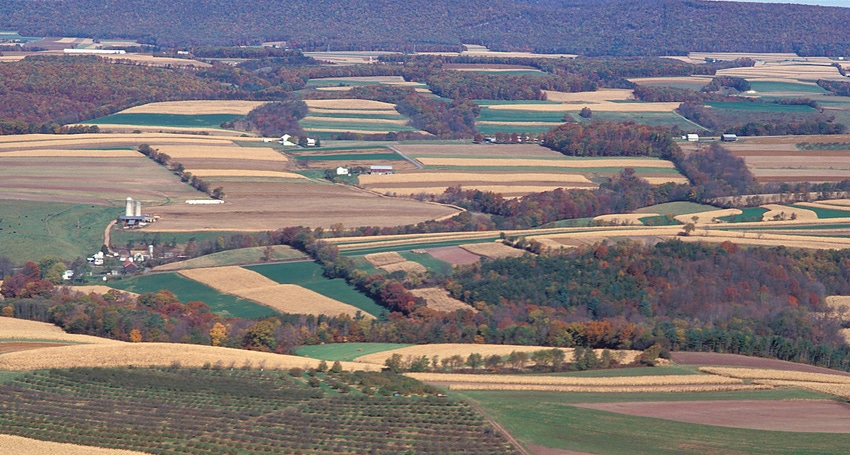August 17, 2022

The Global Agricultural Productivity Report in 2010 first quantified the difference between the current rate of agricultural productivity growth and the pace required to meet future world food needs. That report predicted that total global agricultural output would have to be doubled by the year 2050 to meet the food needs of a growing global population.
Related: There's a crisis on the Colorado River
Last month, the State of Food and Nutrition in the World report showed that after years of seeing global hunger numbers drop, it is back at record levels and rising. World leaders fear global price spikes in food, fuel and fertilizers will lead to widespread famine, prompting global destabilization, starvation and mass migration on an unprecedented scale.
Sri Lankan President Gotabaya Rajapaksa fled the country last month, just days after thousands of protesters stormed his residence over the nation's crippling economic crisis. Sri Lanka for months has grappled with severe food and fuel shortages and skyrocketing inflation. Domestic food production also took a hit by the government’s April 2021 decision to ban the importation of chemical fertilizers and agrichemicals, in an apparent shift to organic agriculture. By the time the ban was partially reversed in November, farmers reported a 40% to 50% loss in rice crops.
Farmers in the Netherlands are taking to the streets in anger, protesting sweeping environmental policy change that threatens to upend the extraordinary agricultural productivity of the tiny country, which ranks second only to the U.S. in global exports.
Back in the U.S.A., a bewildering set of forces appear to be aligned against keeping domestic agricultural lands in production. The latest study from American Farmland Trust shows that Arizona and California are paving over and compromising productive farmland at the fastest rate in the U.S.
Related: Food supply shouldn't be an uncertainty
Elsewhere, the American Prairie (AP), a conservation project in Montana, has quietly scooped up more than 450,000 acres of land with the help of its billionaire donors and the federal government, Fox News recently reported. The vast majority of locals throughout the surrounding counties who have looked after and conserved the land for decades are opposed to the AP's plans. The region is almost entirely dependent on the agriculture industry.
California Farm Water Coalition estimates that up to 690,000 acres of California farmland will go fallow this year. Undoubtedly, the Western drought has reduced the amount of water for many users, including irrigated agriculture. However, in places like California and Oregon, much of the water that once flowed to farms and ranches is currently being re-directed by the federal government for environmental purposes.
In other words, federal water policy is shutting down water availability for hundreds of thousands of acres of productive farmland.
At a time when the future of Ukraine and other country’s ability to help feed the outside world is at risk, our ability to increase productivity is being further curtailed – due in part, to our own government.
The grim global hunger conditions we once expected to encounter in 2050 may now hit us decades sooner.
[Keppen is executive director of Family Farm Alliance]
About the Author(s)
You May Also Like




